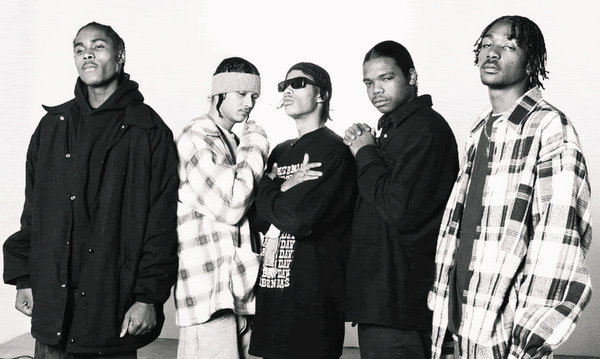

Eazy, who had famously avoided alcohol and drugs to remain sharp during his early days as a hustler, began getting high and drinking Jack Daniel’s. Eazy fired back with a scathing diss song of his own and called Dre a “studio gangster” during a visit to The Arsenio Hall Show, but no matter how cool he seemed while wearing his trademark Compton hat and sunglasses, he was clearly rattled by the feud. Eazy’s former partners were lapping him, and laughing in his face while doing it- The Chronic single “Fuck Wit Dre Day” took several thinly veiled shots at Eazy and Heller, while its music video left no room for confusion. Dre, meanwhile, would redefine hip-hop again in 1992 when he released The Chronic. The former, who had left N.W.A by 1990 after alleging financial impropriety by Heller, had established himself not only as a superstar solo rapper, but as a burgeoning Hollywood talent after his breakout role in Boyz n the Hood (which coincidentally shared a name with Eazy’s biggest solo hit). But one thing gnawed at Eric Wright: He had yet to find a way to match the heights N.W.A reached, commercially or culturally. He appeared happy: He was wealthy, he loved skateboarding, he had girlfriends. He’d dined with the president-perhaps as an unwelcome guest-and he’d started a film production company. He’d put out several successful solo projects on Ruthless Records, the label he founded alongside Jerry Heller just a few years earlier. N.W.A, the group he cofounded and masterminded in the late 1980s, had redefined hip-hop and brought gangsta rap mainstream. Today, we’re celebrating this history of Bone Thugs-N-Harmony and the biggest rap song of that year or virtually any other: “Tha Crossroads,” released in early 1996.īy 1993, Eazy-E had achieved things most rappers only dream of.
#Bone thugs and harmony members series#
The 1996 Rap Yearbook, a recurring series from The Ringer, will explore the landmark releases and moments from a quarter-century ago that redefined how we think of the genre.


No year in hip-hop history sticks out quite like 1996: It marked the height of the East Coast–West Coast feud, the debut of several artists who would rule the next few decades, and the last moment before battle lines between “mainstream” and “underground” were fully drawn.


 0 kommentar(er)
0 kommentar(er)
